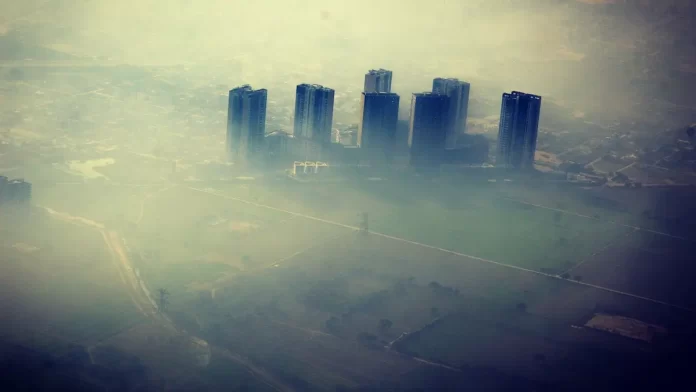Benzene, a colorless and highly flammable liquid with a sweet aroma, is a ubiquitous organic compound widely used in industrial processes and consumer products.
While it plays a crucial role in the production of various chemicals and materials, benzene is also a known carcinogen, posing serious health risks to humans.
This article aims to shed light on the sources of benzene pollution, exploring the industrial, environmental, and lifestyle factors that contribute to its presence in our surroundings.
Industrial Processes
One of the primary sources of benzene pollution is industrial activities. Industries involved in the production of chemicals, plastics, resins, synthetic fibers, and rubber are significant contributors.
Benzene is a key component in the manufacturing of these materials, and its release can occur during the production, use, or disposal of such products.
Industries that involve the processing of crude oil, like refineries, are also notable sources, as benzene is a natural constituent of crude oil.
Motor Vehicle Emissions
Combustion engines, particularly those in motor vehicles, release benzene into the atmosphere through the burning of fuel.
Gasoline, a common fuel for automobiles, contains benzene, and incomplete combustion processes can result in the emission of this hazardous compound.
Gasoline evaporation from fueling stations and motor vehicle exhaust contribute significantly to benzene pollution in urban environments.
Tobacco Smoke
Cigarette smoke is a potent source of benzene exposure. Tobacco contains benzene, and when cigarettes are smoked, the compound is released into the air and subsequently inhaled by both active and passive smokers.
Long-term exposure to benzene through smoking has been linked to an increased risk of various cancers, including leukemia.
Residential Heating and Cooking
Certain domestic activities, such as heating and cooking, can release benzene into indoor air.
Incomplete combustion of fuels, such as wood, coal, or other organic materials, may generate benzene as a byproduct. Poorly ventilated indoor spaces can lead to the accumulation of benzene, posing health risks to occupants.
Environmental Releases
Benzene can be released into the environment through various pathways. Soil and water can become contaminated with benzene through industrial discharges, accidental spills, or improper disposal of hazardous waste.
Volatile organic compounds (VOCs) released from industrial sources can contribute to the atmospheric presence of benzene, which may then be deposited onto soil and water surfaces.
Natural Sources
While anthropogenic activities are significant contributors, certain natural processes also release benzene into the environment.
Volcanic activity, forest fires, and certain types of vegetation can emit benzene as part of their natural metabolic processes. However, the contribution of natural sources to overall benzene pollution is comparatively low.
Health Implications
Benzene exposure is associated with severe health consequences. Chronic exposure to even low levels of benzene has been linked to the development of leukemia and other hematological disorders.
Short-term exposure can cause dizziness, headaches, and irritation of the eyes, skin, and respiratory tract. Given its carcinogenic nature, minimizing benzene exposure is crucial for protecting public health.
Regulatory Measures and Mitigation
Governments and environmental agencies worldwide have implemented regulatory measures to control benzene emissions. Industrial standards, emission limits, and monitoring programs aim to reduce benzene releases from industrial facilities.
Vehicle emission standards and the promotion of alternative fuels contribute to minimizing benzene emissions from motor vehicles.
Additionally, public awareness campaigns highlight the risks associated with benzene exposure, particularly in smoking and certain occupational settings.
Conclusion
Understanding the sources of benzene pollution is crucial for developing effective strategies to mitigate its impact on public health and the environment.
Ongoing efforts to regulate industrial processes, control vehicle emissions, and raise awareness about the risks associated with benzene exposure are integral to creating a safer and healthier living environment for communities worldwide.
By addressing these sources and implementing stringent regulatory measures, we can work towards reducing benzene pollution and safeguarding the well-being of present and future generations.
